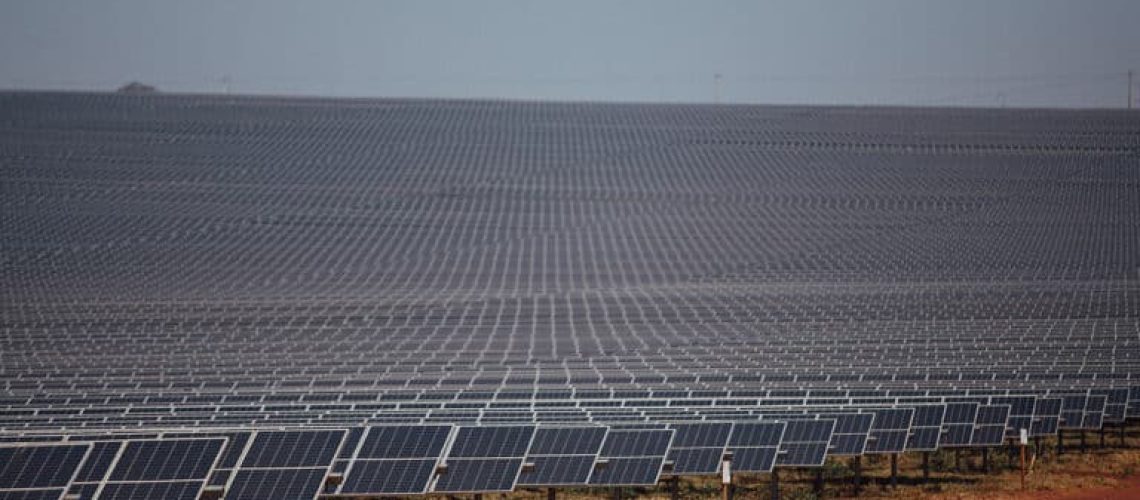The Global Solar Council says global installed photovoltaic capacity has surpassed 2 TW. The organization says an additional 4 TW of solar capacity will likely be deployed by 2030.
From pv magazine Global
The Global Solar Council is celebrating the historic achievement of reaching 2 TW of global installed PV capacity.
While it took 68 years to reach 1 TW of installed capacity (1954-2022), only two years were needed to add the next TW, from 2022 to 2024, said the council.
The 2 TW milestone was reached recently, according to estimates from the council and SolarPower Europe. The two associations estimate that 7 billion solar panels and 25 million “solar homes” are now installed.
The rapid expansion of solar technology has driven down costs, making solar the cheapest form of energy in many countries.
With annual installation figures of around 500 GW and a global manufacturing capacity of 1.1 TW, the solar PV industry has demonstrated that it can deliver the technology needed to meet the goal of tripling global renewable energy capacity by 2030 and keep the world on track for 1.5 C.
But financing remains a barrier, and it needs to be unlocked, especially in emerging and developing markets, as “the future of solar energy depends on equitable global access to finance,” according to the council.
At COP29, the United Nations Climate Change Conference taking place these days in Baku, Azerbaijan, the Global Solar Council will launch the International Solar Finance Group. It said it will be “the first global dialogue between the solar PV industry and the financial sector to bridge the financial gap between ambition and the necessary deployment.”
The inaugural session of the International Solar Finance Group, scheduled for 15 November in Baku, will set an ambitious agenda to develop innovative financial solutions and frameworks to make solar energy investments more accessible and attractive, especially in emerging markets, by engaging both private sector investors and development banks.
The aim is to reduce the cost of capital for solar energy in developing economies from 15% to 5% to remove the barrier to financing and boost deployment.
In total, to achieve the 1.5 C goal by 2050, $150 trillion is needed according to the International Renewable Energy Agency (IRENA), which is an annual average of more than $5 trillion. Although global investment in all energy transition technologies reached a record $1.3 trillion in 2022, annual investment must more than quadruple.



